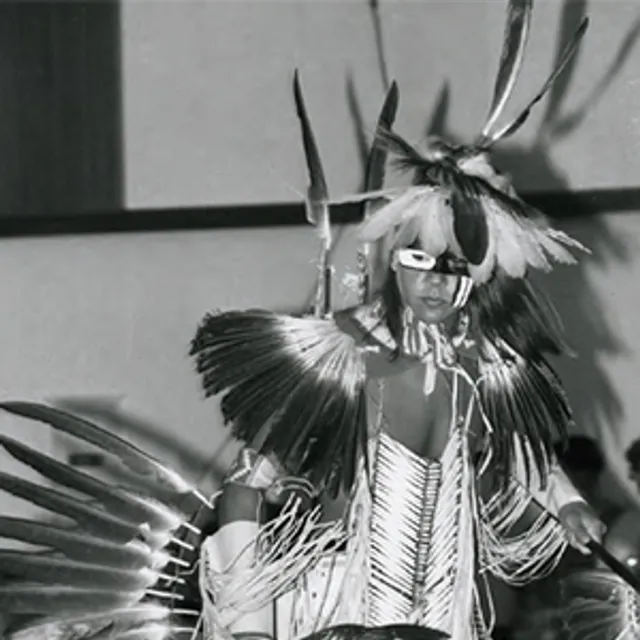
Archives and Manuscripts
While the early archival materials collected by the then West Virginia Collection are framed as the history of the future State of West Virginia, these items instead fall under the scope of European settlers’ expansion into the area now known as West Virginia. A limited number of maps, survey details, deeds, reproduced treaties and recollections dating back to the 18th century, reveal the Euro-centric, Euro-American settler’s pursuit of private property as investment and homestead.
The descriptive accounts of geography and encounters with Native Americans are further examples of the domination of the Euro-American settlers and disregard of the Indigenous People with whom they interacted. It should be noted that many of the narratives in the collection tell a story of fear, violence, and murder. The Europeans feared Native Americans and extolled murdering them as a victory in the war to civilize and populate the advancing frontier.
One example, by an author listed as John L. Johnston in 1925, begins: “Long before America was discovered by Euro-American men a number of strong Indian tribes living in…joined into a confederation known as the Six Nations.” The statement exudes irony as how can a land be “discovered” if it is already inhabited? Moreover, Indigenous communities have been living on the lands for a while longer than the development of the Six Nations. Interestingly, though, written in pencil on the first page, it says: “These articles are full of errors. C.H.A.” This is Dr. Charles Ambler, the first Director of the WVRHC. Recognizing these inconsistencies and misrepresentations is important in the archives, as many people might use these in their research.